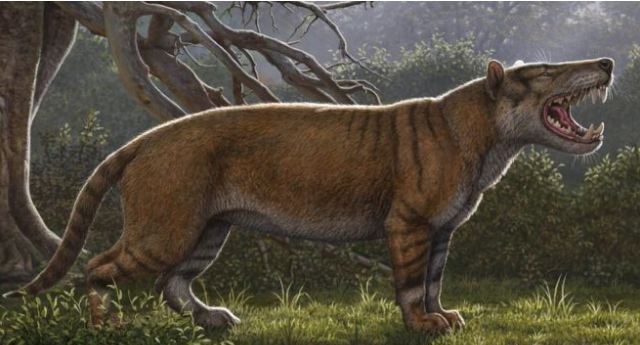
Researchers discover ‘giant lion’ fossil in Kenya

A new species of giant mammal was identified on Thursday after researchers investigated bones that had been kept for decades in a drawer at the Nairobi National Museum in Kenya.
Researchers said the bones belonged to a giant lion with enormous fangs that roamed the Kenyan Savannah more than 20 million years ago and was one of the largest ever meat-eating mammals.
The species, dubbed “Simbakubwa kutokaafrika” meaning “big African lion” in Swahili, was part of a now extinct group of mammals called hyaenodonts.
The National Geographic reported that they were called hyaenodonts because their teeth resemble those of a modern hyena, although they were not related to hyenas.
They calculated it would have weighed up to 1,500 kilograms and could have preyed upon the elephant-like creatures that lived there at the time.

Bigger than any carnivorous land mammal alive today – even a polar bear – Simbakubwa’s skull was the size of a rhino’s, its eight-inch (20-cm) canine teeth as large as bananas. It weighed about a ton and was 8 feet long (2-1/2 meters) snout to rump.
According to the research published in the Journal of Vertebrate Paleontology, the fossils were excavated around 1980 in western Kenya and never closely examined.







